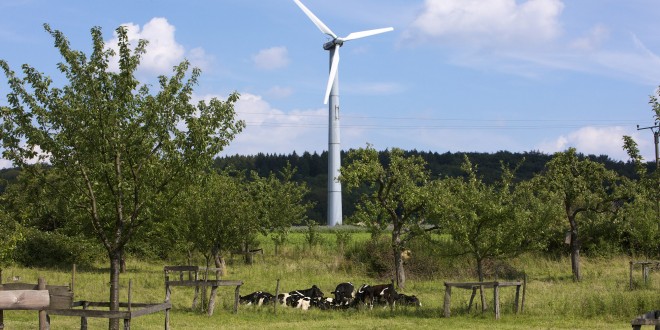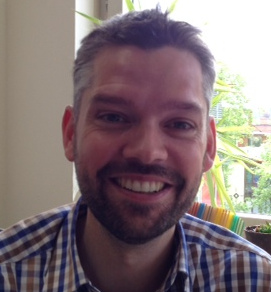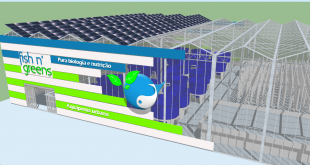The definitions are often very personal and there are big differences between them. There are approaches that can confidently be referred to as greenwashing, and there are others that take purely social or ecological criteria into account. Whether the philosophy underlying an investment matches one’s own values is something that can only be ensured by asking specific questions about the conditions and background. This is also crucial from an economic point of view because it can currently be seen that many investment companies have taken advantage of the positive attitude of private investors, especially towards ecological investments. It is against this background that ECO123 aims to help readers to understand the basics.
First of all, I would like to deal with bank deposits. What actually happens to the money that you deposit in a straightforward savings account? The deposit is available for the bank to use. It works with the money. But what does that mean, “works with it”? The classic model of banking provides that money is received from savers and this money is made available in the form of loans to those who need it, for example for investments. But alongside this classic business model, today’s banks also work in other areas. And so, it is quite realistic to assume that your credit institution does not provide loans with the client deposits, but uses them for speculation in raw materials, currency and shares. Even if a credit institute does provide loans for the real economy, savers who think in terms of sustainability should always ask whom and what the bank is financing. Are armaments companies or firms producing genetically modified foodstuffs, those building nuclear power stations or whose supply chains are not free of child labour financed in this way? The question of the institute’s geographical makeup can also be interesting. Is it more regionally orientated, or internationally? Such questions should be answered in a company’s annual report or ideally in a sustainability report. Which brings me to the subject of transparency. A bank’s ownership structure can also allow certain conclusions to be drawn. Ideally, the interests of all participants are in harmony – those of the bank’s owners, (e.g. shareholders, members of a cooperative), those of employees and those of clients. All the points that have been mentioned also have an influence on the question of conditions. In the same way as organic foodstuffs have their price, a good banking service, which takes all the viewpoints into account that have been touched on, must also have its price. If interest rates on deposit accounts are unusually high, savers must ask whether these are justified in comparison with the rest of the market. If the interest rates are indeed higher than average, you must ask yourself why the bank offers such conditions. Is it running high risks when lending or investing, are the conditions being offered a marketing instrument as part of the bank’s strategy, or are products being subsidised by other services and products (shares, funds, insurance etc.)
Shares
Shares
Example 1:
The Triodos Bank was founded in Holland in 1980 and describes itself as Europe’s leader in sustainable banking. Along with Holland, it also has branches in Spain, the UK, Belgium and Germany. At the end of 2013, the balance sheet total was 6.4 billion euros. The bank only uses clients’ deposits to finance projects and companies with social, ecological or cultural added value. Beyond their banking business, the Triodos Bank manages fund assets of about 2.75 billion euros, which are also invested with sustainability criteria in mind. As at the end of 2013, the bank had 31,304 shareholders, who have placed their equity at the bank’s disposal via depository receipts. These are registered shares that are not traded via the stock market but via the Triodos Bank’s own internal market. The current price as at the end of April is €78, while in 2009 it was still €72. Since 2009, the dividend has been a constant €1.95.
Example 2:
EDP Energias Renovaveis SA is an international group working in the field of renewable energy, with a focus on wind power. The company has an installed capacity of over eight GW, and annual electricity generation of more than 18,000 GWh. There are wind power plants in Europe, North America and Brazil. EDP Renovaveis is a subsidiary of the group EDP-Energias de Portugal and is headquartered in Oviedo, Spain. Current share price € 4.92
 Eco123 Revista da Economia e Ecologia
Eco123 Revista da Economia e Ecologia



